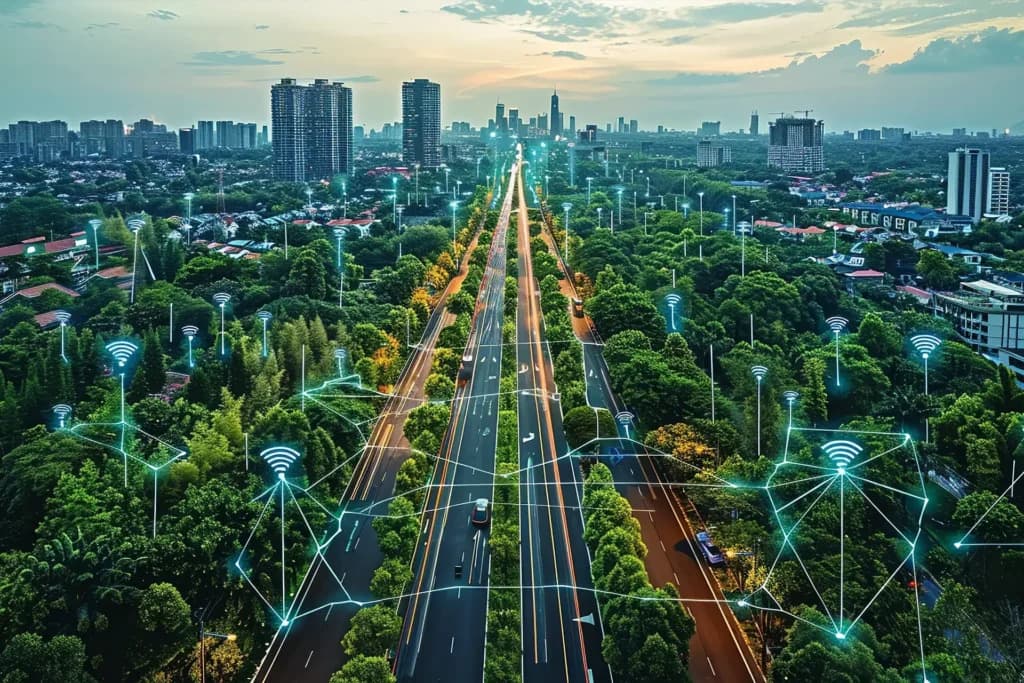Lighting the Future with Our Original Intentions: The Birth and Mission of Long-join’s Photocell
Introduce
Every breakthrough starts with a question. For us, it was simple: Why are city streetlights still wasting energy when no one’s around? That single question, asked under a flickering lamp more than two decades ago, became the seed for Long-join. From the beginning, we didn’t just want to build another photocell sensor. We wanted to rethink lighting control from the ground up—smarter, more reliable, more human. This is the story of how that mission began—and how it’s lighting the way forward today.
Since that founding moment, our purpose has been guided by one thing: to make every watt of electricity count. We knew from the start that innovation alone wasn’t enough—it had to serve real people solving real problems in the field.
Why Were Traditional Street Light Controllers Failing?
Before smart lighting, cities were stuck with outdated controllers. These systems were often mechanical and couldn’t keep up with unpredictable weather patterns or environmental changes. Imagine a cloudy afternoon where lights failed to turn on in time—or worse, stayed on through daylight, wasting energy.
The heart of the problem was that these systems lacked sensitivity, adaptability, and durability. They were built for yesterday’s world, not today’s dynamic cities.
Problem | Impact |
Mechanical switching | Delayed response to light changes |
Low sensitivity | Lights stayed on in daylight or off in overcast weather |
Short lifespan | Frequent failures and costly replacements |
No adaptability | Couldn’t handle weather variation |
These failures weren’t minor nuisances—they resulted in real economic losses and public safety issues. In one case, a U.S. lighting firm reported annual damages of over $1 million due to frequent controller breakdowns.

How Did Long-join Solve the Sensitivity and Timing Issue?
We realized that to truly transform street lighting, we had to start with precision. Our engineers focused on designing a photocell sensor that could respond almost instantly to environmental changes.
Traditional systems took too long to switch—by the time the light came on, it was already too dark. We changed that by developing a fast-response photoelectric sensor that reacts within milliseconds.
Feature | Benefit |
Millisecond-level response | Lights adapt instantly to the weather |
Off-at-dawn, on-at-dusk logic | Energy use drops significantly |
Custom-tuned light sensor control | Reliable performance in fog, rain, and dust |
This smart light photocell technology improves visibility, enhances safety, and dramatically lowers unnecessary energy use—up to 40% in some applications.
How Did Long-join Reduce Costs and Extend Lifespan?
In the early days, many street lighting systems lasted only 2 to 3 years. Constant failures meant constant replacements. And for cities, that meant climbing up poles, replacing units, and draining budgets.
We asked ourselves: what if we could make these systems last a decade?
That led us to rethink the entire structure. By using industrial-grade components and designing a modular architecture, we increased the average product lifespan to over 10 years. And thanks to process optimization, we cut maintenance costs in half.
Metric | Before Long-join | After Long-join |
Average lifespan | 2–3 years | 10+ years |
Maintenance costs | High | Reduced by 50% |
Component replacement | Frequent | Rare |
We didn’t just create a better product—we redefined what cities could expect from a photocell for street light system.

How Is Long-join Bringing Intelligence Into Outdoor Lighting?
Today’s cities demand smarter systems. Lighting infrastructure can’t just light the streets—it has to communicate, monitor, and adapt.
That’s why we introduced remote control light capabilities using IoT protocols like ZigBee and LoRa. These technologies let our photocell lighting sensor systems connect wirelessly to a control hub, offering real-time visibility across entire city grids.
Smart Feature | Description |
Remote control light | Adjust or schedule lighting from a dashboard |
Fault detection | Get instant alerts for outages or performance drops |
Energy monitoring | Track usage and optimize savings |
With self-diagnosing systems and centralized dashboards, cities can now resolve lighting issues in under five minutes—a massive leap from the days of manual inspections.
What Role Does Environmental Responsibility Play?
Lighting systems have traditionally been wasteful. Once a controller failed, the whole unit—casing, wiring, electronics—was tossed. That approach wasn’t just costly, it was environmentally damaging.
At Long-join, we committed to sustainability from the start. We built our controllers to be modular and Zhaga socket-compliant. This means when an upgrade is needed, you swap out just one piece—not the entire system.
Eco Innovation | Value |
Zhaga interface | Plug-and-play upgrades |
Modular parts | Less waste, more reuse |
Global compatibility | Works across old and new systems |
Our approach supports circular design principles endorsed by Ellen MacArthur Foundation, and helps reduce the environmental impact of street lighting by extending the lifespan of key components.

Why Does Long-join Focus On Such a Specific Niche?
When you think about city infrastructure, lighting might seem small. But it touches everything—transport, safety, tourism, even energy grids. And at the center of that system lies the photocontrol.
Our focus on this niche comes from a belief that doing one thing better than anyone else can change an entire industry. We’ve spent years refining every part of our lighting control ecosystem.
From photo sensor calibration to global compatibility, every detail is tested, optimized, and future-ready.
Conclusion
We’re building lighting for tomorrow’s cities. From adaptive dimming based on foot traffic to AI-powered diagnostics, we’re exploring innovations that bring even more value to city managers and citizens.
Our roadmap includes:
- Next-gen photocell sensor for LED street lights
- Integration with smart city platforms
- Interoperable NEMA socketand Zhaga devices
And our goal remains the same: create smarter, cleaner, and more efficient lighting systems that truly serve people.
External Links:
●https://www.zhagastandard.org/
●https://www.energy.gov/eere/ssl/outdoor-lighting
●https://www.iea.org/reports/digital-demand-driven-electricity-networks
●https://ellenmacarthurfoundation.org/





